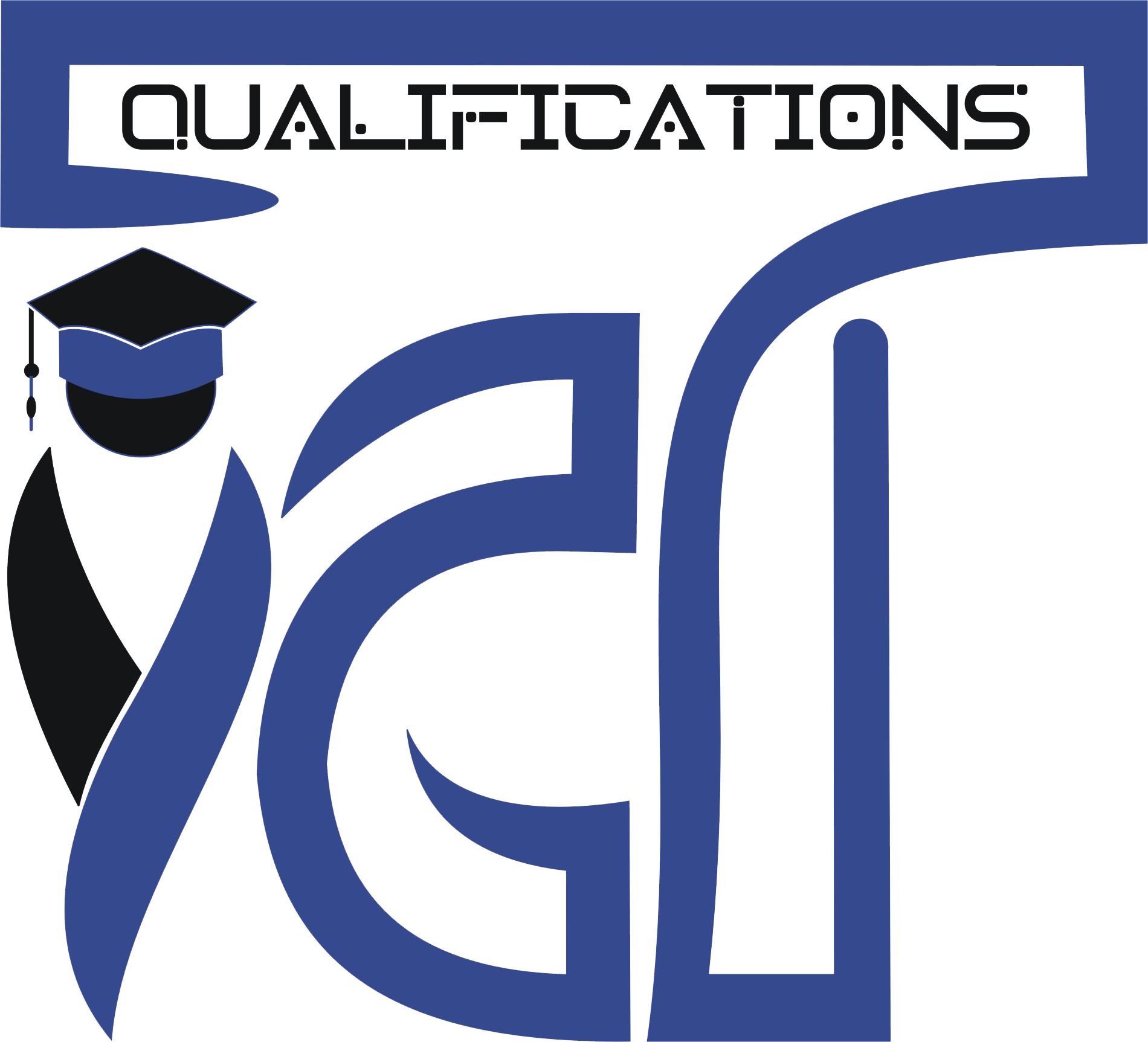
OSHAA 30-Hours Diploma in Lifting Accessories (LAC)
Safe lifting practices are vital in industries such as construction, manufacturing, logistics, oil and gas, and mining, where heavy loads and high-risk environments are part of everyday operations. The OSHAA 30-Hours Diploma in Lifting Accessories (LAC) is designed to provide learners with a comprehensive understanding of the correct use, inspection, and maintenance of lifting accessories to ensure workplace safety and regulatory compliance.
OSHAA 30-Hours Diploma in Lifting Accessories (LAC) course offers in-depth coverage of critical topics, including the identification and classification of lifting accessories, load capacity assessment, rigging techniques, hazard recognition, and international safety standards. Learners will explore the proper application of slings, shackles, hooks, clamps, eyebolts, and other essential lifting equipment used across multiple industries.
Through structured training, interactive sessions, and practical demonstrations, participants will gain the skills to select appropriate lifting accessories, apply safe rigging practices, and conduct thorough inspections to identify wear, defects, or risks. OSHAA 30-Hours Diploma in Lifting Accessories (LAC) also emphasizes the importance of preventive maintenance, risk assessments, and adherence to OSHAA lifting safety regulations, equipping learners to take on supervisory and operational roles with confidence.
By completing the OSHAA 30-Hours Diploma in Lifting Accessories (LAC), learners will not only enhance their technical expertise but also strengthen their ability to prevent accidents, improve operational efficiency, and promote a culture of safety within their organizations. OSHAA 30-Hours Diploma in Lifting Accessories (LAC) is ideal for lifting equipment operators, riggers, safety officers, supervisors, and professionals committed to advancing their careers in workplace safety and industrial lifting operations.
To ensure learners gain maximum benefit from the OSHAA 30-Hours Diploma in Lifting Accessories (LAC), candidates are expected to meet the following entry requirements. These criteria guarantee that participants are adequately prepared for both the theoretical and practical aspects of lifting accessory safety and rigging operations.
- Educational Qualification:
- A minimum of a secondary school certificate or equivalent is recommended.
- Basic knowledge of mathematics, physics, or general science is highly beneficial, as it supports understanding of load calculations, weight distribution, and lifting mechanics.
- Literacy and Numeracy Skills:
- Learners must possess functional literacy to read and interpret safety manuals, technical documents, and manufacturer guidelines.
- Numeracy skills are essential for calculating working load limits (WLL), safe working loads (SWL), and understanding load charts.
- Workplace or Industry Experience (Preferred but Not Mandatory):
- Candidates with prior exposure to construction, logistics, manufacturing, oil and gas, or industrial environments will have an advantage.
- Experience in rigging, lifting operations, or equipment handling strengthens comprehension of course content.
- Physical Health and Fitness:
- As the course involves practical demonstrations and lifting scenarios, participants must be physically fit to engage in supervised rigging and accessory handling tasks.
- Good physical condition ensures safe participation in exercises requiring load attachment, slinging, or inspection activities.
- Commitment to Occupational Safety:
- Applicants should demonstrate a strong interest in workplace safety, accident prevention, and compliance with OSHAA lifting standards.
- A safety-conscious mindset is essential to successfully apply lifting accessory knowledge in real work environments.
- Language Proficiency:
- Learners must have sufficient proficiency in the language of instruction to understand training materials, follow safety protocols, and complete assessments.
- Clear communication is critical when working in lifting teams and responding to dynamic operational conditions.
- Willingness to Participate in Practical Training:
- Candidates should be prepared to actively engage in hands-on rigging exercises, lifting accessory inspections, and hazard identification activities.
- Practical involvement ensures learners can apply classroom theory directly to workplace practices.
- Professional and Career Motivation:
- This course is best suited for individuals seeking career growth in construction, oil and gas, logistics, industrial safety, or rigging operations.
- Learners motivated to enhance their professional credentials and gain globally recognized safety certification will benefit most.
By fulfilling these entry requirements, participants are well-positioned to succeed in the OSHAA 30-Hours Diploma in Lifting Accessories (LAC), acquire specialized lifting safety skills, and advance their careers in high-demand industrial and occupational safety sectors.
Mandatory Units
The OSHAA 30-Hours Diploma in Lifting Accessories (LAC), to achieve the qualification candidates must complete all the mandatory units form the following :
Mandatory Units
- Introduction to OSHAA & International Safety Standards
- Types of Lifting Accessories and Equipment
- Load Estimation and Sling Angle Calculations
- Inspection of Lifting Accessories
- Safe Rigging Practices and Techniques
- Crane Operations and Communication Signals
- Hazard Identification and Risk Assessment
- Emergency Procedures and Incident Response
- Maintenance of Lifting Accessories
- Final Assessment and Course Review
By the end of this course, learners will be able to:
- Introduction to OSHAA & International Safety Standards
- Explain the purpose and importance of OSHAA regulations in ensuring industrial lifting safety
- Recognize key international safety standards governing lifting operations across industries
- Describe the responsibilities of employers and employees in maintaining compliance with occupational health and safety requirements
- Understand the legal and ethical implications of non-compliance with safety standards
- Types of Lifting Accessories and Equipment
- Identify a wide range of lifting accessories, including slings, shackles, hooks, clamps, eyebolts, and spreader beams
- Explain the functions, applications, and operational limitations of different lifting tools
- Categorize lifting accessories according to material type, configuration, and usage context
- Select appropriate lifting gear for specific tasks based on load characteristics and workplace conditions
- Load Estimation and Sling Angle Calculations
- Estimate the weight and center of gravity of various loads before lifting
- Calculate sling angles and explain how they affect the safe working load (SWL) of lifting gear
- Apply mathematical formulas, load charts, and lifting tables to plan safe lifting operations
- Reduce the risk of overloading by applying correct sling configurations
- Inspection of Lifting Accessories
- Perform thorough pre-use, routine, and periodic inspections of lifting accessories
- Identify common defects such as cracks, corrosion, wear, deformation, or broken stitching in textile slings
- Understand recommended inspection intervals and industry standards for different lifting tools
- Maintain accurate inspection records and documentation for compliance and traceability
- Safe Rigging Practices and Techniques
- Apply safe rigging techniques suitable for different load types, shapes, and lifting environments
- Select appropriate rigging gear to match the characteristics of the load
- Follow step-by-step rigging procedures to minimize hazards and prevent accidents
- Implement rigging best practices to improve operational efficiency and workplace safety
- Crane Operations and Communication Signals
- Identify the types of cranes commonly used in lifting operations and understand their operating limits
- Interpret and apply standardized hand signals and communication methods during lifting tasks
- Coordinate effectively between crane operators, riggers, and signalers for safe load movement
- Respond appropriately to unexpected challenges or changes during crane-assisted lifts
- Hazard Identification and Risk Assessment
- Recognize potential hazards in lifting and rigging operations, including mechanical, environmental, and human factors
- Conduct structured risk assessments using industry-accepted tools and methodologies
- Recommend control measures to mitigate risks and improve safety performance
- Promote a culture of proactive hazard awareness in lifting teams
- Emergency Procedures and Incident Response
- Respond swiftly and appropriately to lifting-related accidents and emergencies
- Follow site-specific emergency response protocols and evacuation procedures
- Administer or facilitate first aid and immediate care in case of lifting injuries
- Complete required incident reporting and documentation in line with organizational and legal policies
- Maintenance of Lifting Accessories
- Carry out routine cleaning, storage, and care of lifting accessories
- Identify when lifting gear is unsafe for use and requires repair or replacement
- Explain the link between poor maintenance practices and workplace accidents
- Develop a preventive maintenance schedule to ensure equipment reliability and safety
- Final Assessment and Course Review
- Demonstrate comprehensive knowledge across all course modules
- Apply theoretical principles and practical skills to real-world lifting and rigging situations
- Successfully complete the final written and/or practical assessment
- Obtain the OSHAA 30-Hours Diploma in Lifting Accessories (LAC) as proof of competence and compliance
The OSHAA 30-Hours Diploma in Lifting Accessories (LAC) is tailored for individuals who are directly or indirectly engaged in lifting operations and want to strengthen their safety knowledge, technical expertise, and career opportunities within industrial and construction sectors. This globally recognized program is suitable for a wide range of learners and professionals, including:
- Lifting Supervisors and Coordinators
- Professionals responsible for planning, organizing, and supervising lifting operations.
- Gain the ability to ensure full compliance with OSHAA and international lifting safety standards.
- Learn how to assess risks, allocate lifting accessories effectively, and oversee safe execution of lifting tasks.
- Riggers and Rigging Foremen
- Individuals directly handling rigging tools, chains, slings, shackles, and other lifting accessories.
- Acquire updated training in modern rigging practices, equipment inspection, and hazard prevention.
- Improve practical rigging skills to enhance operational safety and reduce workplace incidents.
- Crane Operators and Signalers
- Personnel operating cranes or working as designated signalers in lifting operations.
- Learn to apply standard communication signals to coordinate movements and avoid accidents.
- Develop hazard awareness and operational strategies to ensure safe and efficient crane-assisted lifting.
- HSE Officers and Safety Inspectors
- Health, Safety, and Environment (HSE) professionals looking to specialize in lifting safety.
- Gain expertise in identifying risks, conducting inspections, and implementing compliance measures.
- Build the ability to create effective safety programs and carry out structured workplace audits.
- Site Engineers and Construction Supervisors
- Engineers and supervisors managing on-site projects that involve lifting operations.
- Learn to recognize lifting hazards, enforce safety regulations, and monitor lifting teams.
- Strengthen decision-making skills for safer project execution.
- Warehouse and Logistics Personnel
- Workers handling materials in warehouses, shipping yards, and logistics facilities.
- Understand how to operate hoisting and lifting accessories safely during daily operations.
- Minimize risks when moving, stacking, or transporting heavy goods.
- Oil & Gas, Marine, and Industrial Workers
- Personnel working in high-risk environments where lifting operations are frequent and critical.
- Develop specialized knowledge in handling lifting accessories under challenging conditions such as offshore rigs, refineries, and shipyards.
- Ensure compliance with strict industry regulations and enhance workplace safety performance.
- Job Seekers in the Gulf and Overseas Markets
- Individuals aspiring to secure technical and safety-related positions in the Middle East, Gulf, or other global industries.
- Gain an internationally recognized certification that is highly valued in overseas employment markets.
- Improve employability and career advancement prospects in construction, oil & gas, logistics, and heavy industry.
- Anyone Interested in Safety and Compliance
- Students, professionals, or workers aiming to build a career in occupational safety and lifting operations.
- Learn the foundations of safety compliance, lifting regulations, and proper use of accessories.
- Obtain a professional qualification that demonstrates competence and commitment to workplace safety.
Register Now
OSHAA 30-Hours Diploma in Lifting Accessories (LAC)






